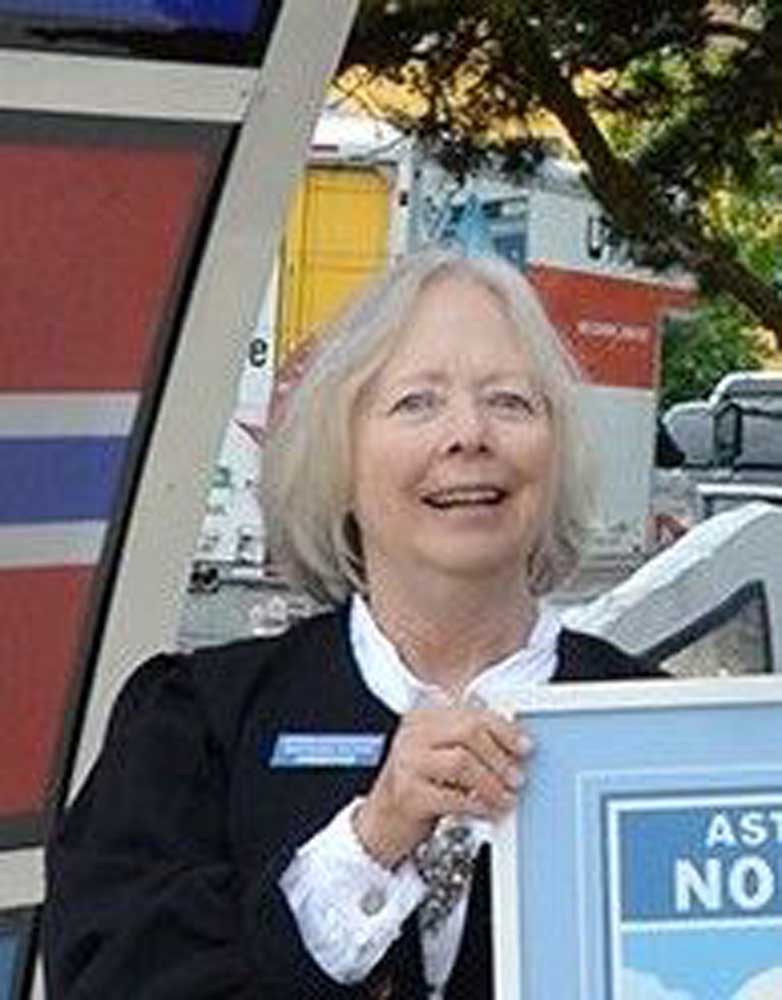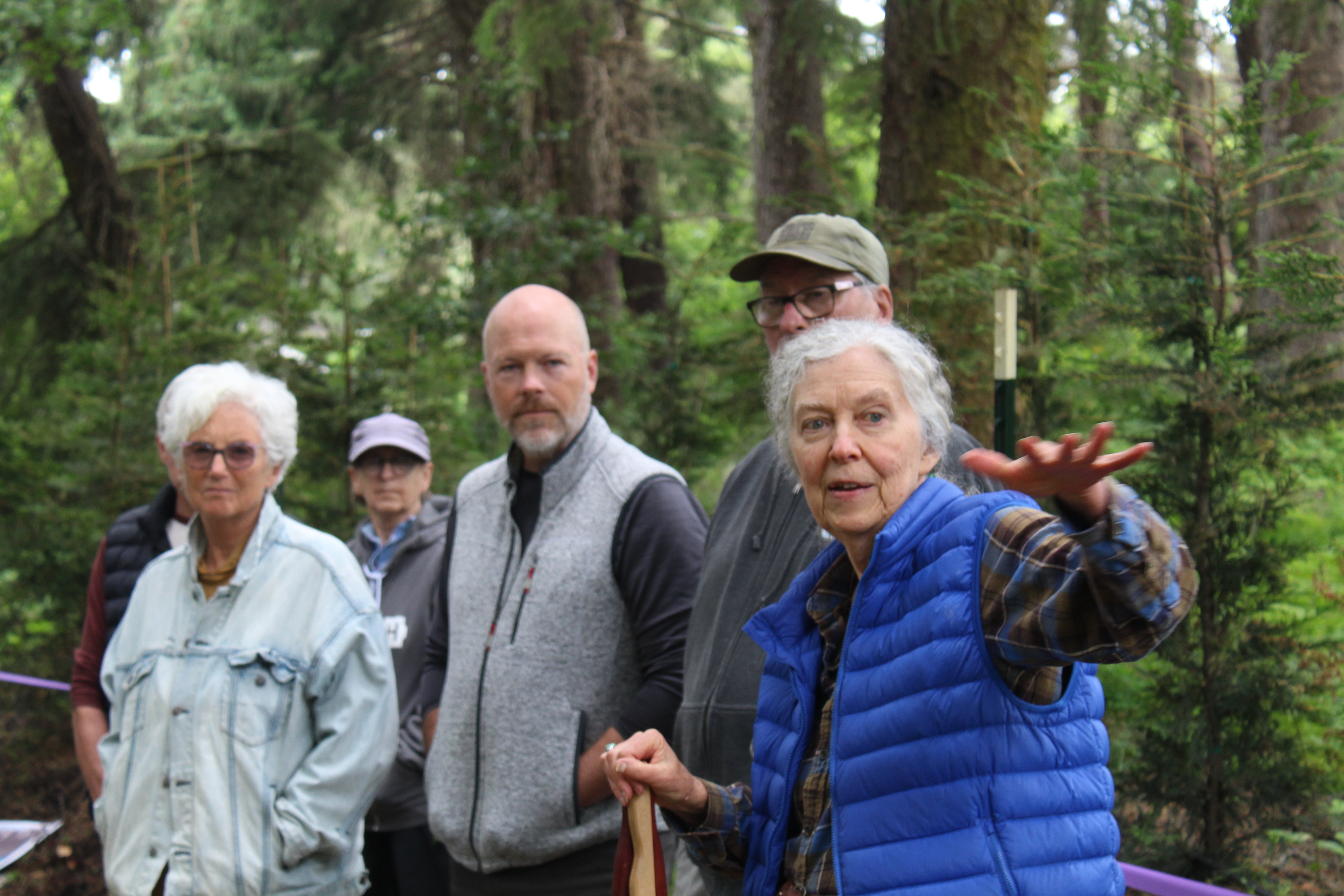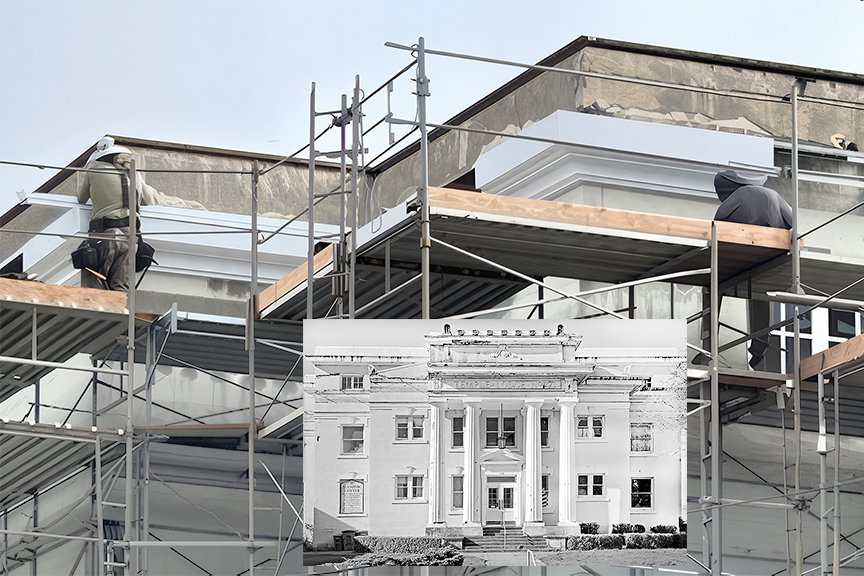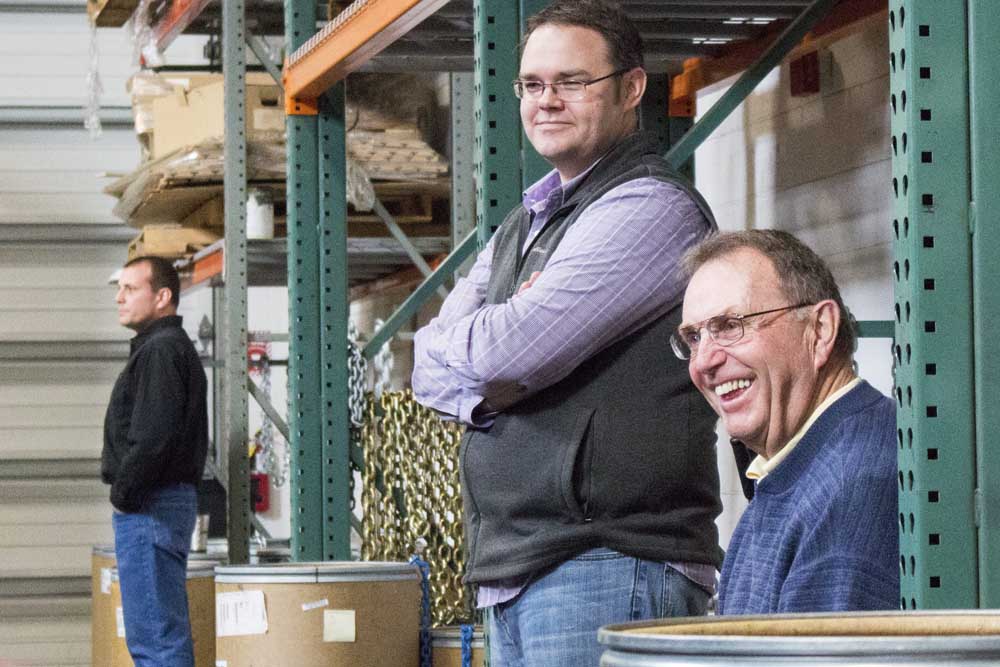Guest Column: A park for the community
Published 12:30 am Saturday, June 25, 2022

- Janet Bowler
New York Times bestselling author Karl Marlantes spoke at the dedication of Astoria Nordic Heritage Park on June 17 and identified Astoria as a river town rather than a coastal town.
Trending
Astoria’s identity is uniquely and strongly defined by its history. In the early 20th century, 35% of Astoria’s citizens self-identified as Scandinavian. Most were of Finnish heritage, followed by Norwegians, Swedes, Danes and a few Icelanders. Their values and influences helped determine the character of our community that continues to this day.
The nonprofit Astoria Scandinavian Heritage Association spent seven years fundraising and developing plans for Astoria’s newest city park located between 15th and 16th streets on Marine Drive at the east end of downtown. The $1.5 million park was built during a pandemic with funding from over 460 private donors, corporate and foundation gifts and the support of the Oregon Cultural Trust and Oregon Heritage Commission.
The heritage association gifted the park to the city and its citizens but will continue to maintain park features with support from the Rotary Club.
Trending
Astoria Nordic Heritage Park has a storyline that begins at the Riverwalk. The grand entrance ramp symbolizes the immigrants departing their native lands and saying their last goodbyes. Many saw their homeland or family left behind for the last time. The icons on the ramp railing are important items that immigrants brought with them or remembered from their homeland.
The arrival plaza meets a need expressed in the city’s parks master plan for more public gathering spaces. The concrete steamer trunks on the plaza represent the immigrants’ meager belongings as they arrived in a new country. The Nordic flags and midsummer pole reflect the pride in traditions the immigrants preserved from their homelands.
The gateway arch portrays the immigrants’ intent to work hard and become productive citizens in the new land. Ten interpretive panels developed with intense community input tell this story with many personal examples from Astoria families. Boulders and six distinctive troll figures hidden in the park encourage children of all ages to play and spend time in the park.
The heritage association realizes that immigration issues are ongoing and still relevant today. Poverty, famine, war and politics are still reasons to leave one’s homeland and seek refuge elsewhere. The makeup of the park encourages visitors to reflect on these issues as they stroll the meditative path leading west and regard the scenic views of the Columbia River and the busy waterfront.
The community is invited to visit the park frequently to take special photos under the arch and to visit at night when the park is lit up. Come when it rains and listen to water running down the stairs in the storm drains designed to sound like a waterfall.
This past weekend, thousands of visitors attended the hugely successful 55th annual Astoria Scandinavian Midsummer Festival. They dined on Norwegian lefse, Finnish rice pudding and prune tarts, Danish meatballs with red cabbage and Swedish gingersnaps.
The arena at the county fairgrounds was full and visitors sang and danced to the international hit tunes of the Swedish band ABBA performed by ARRIVAL, Canada’s tribute to ABBA. Dancers danced in authentic Nordic folk wear and accordion bands and a Swedish nyckelharpa band entertained. Lines were long, but visitors were mostly cheerful and patient and enjoyed socializing again after a long pandemic lockdown.
The festival is a reunion of sorts enjoyed by all ages. About half of the visitors were first-timers at the festival and many will make it a tradition to return in future years. Astoria is known for this authentic three-day midsummer celebration that happens one weekend a year. With the creation of Astoria Nordic Heritage Park, the significance of the Nordic influence on the local region can be celebrated year-round.
The heritage association thanks all who have supported this community effort to build the park – the large and small donors; the designers, from local artist Roger McKay, who outlined the original idea, to the West Studio of Seattle, that drew up the final plans; the specialty vendors who created the arch, granite features, railings, concrete trunks and trolls, and interpretive and decorative panels; and Rickenbach Construction Inc. and all its subcontractors who demonstrated pride and commitment to quality workmanship.
Astoria Nordic Heritage Park is for locals as well as visitors. Read the 292 donor plaque inscriptions to realize the strong community support that created it. Visit frequently and spend time in the park. Come on summer weekends when park committee members might be on location to chat and answer questions.
Reflect on your own heritage and share it with your family members. Astoria Nordic Heritage Park was built by the community for the community. We are proud to share.









